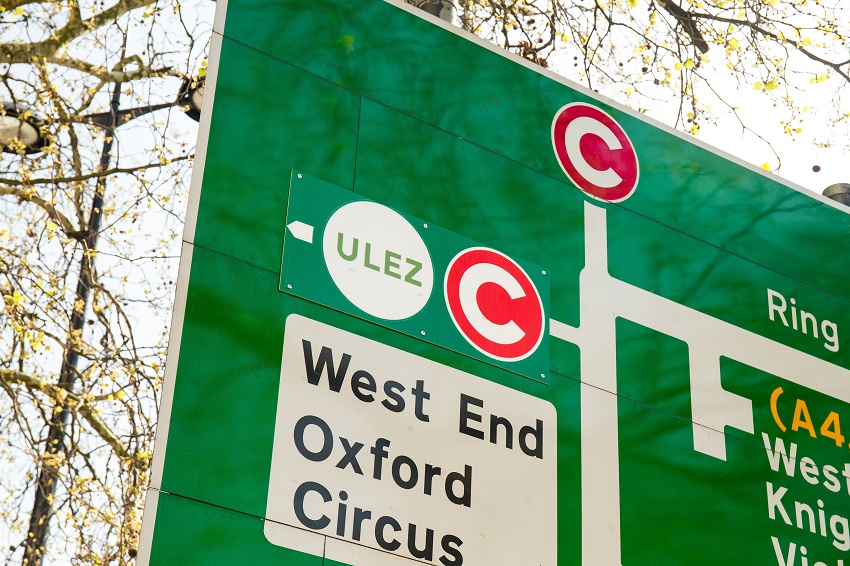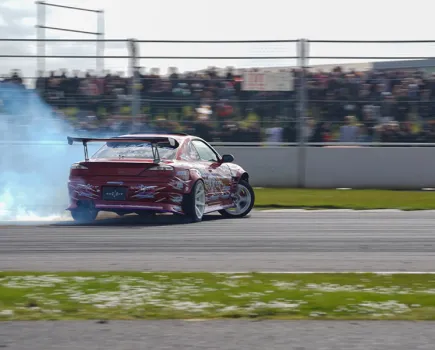London’s ULEZ expansion has officially arrived. Here’s everything you need to know about the new ULEZ catchment area, and the cars it affects.
London’s controversial Ultra Low Emissions Zone has been around for a while now. The idea was first mooted while Boris Johnson was still the Mayor of London, but it wasn’t until Sadiq Khan took over that the plan actually came into effect. Initially, ULEZ impacted central London only, but in 2021 it grew to cover the area within the North and South circular roads. Now, it’s expanded once again to affect the vast majority of London neighborhoods from Tuesday 29 August onwards. Check out the full ULEZ expansion perimeter here.
So, what is ULEZ? Well, in simple terms, it’s an anti-pollution measure. If you’re caught driving through London in a car that doesn’t meet the government’s emissions standards, the charge is £12.50. To put that into context, if you decided to run a non-compliant car within the ULEZ perimeter for a year, the potential cost lies north of £4000. So, it’s not something you want to lose track of!
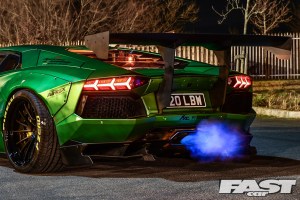
A Closer Look At ULEZ
At the moment, petrol cars that meet Euro 4 standards (for nitrogen oxides, NOx) and diesel vehicles that meet Euro 6 standards (for NOx & ‘exhaust particulate matter’) are at the threshold required to avoid ULEZ charges. As a general rule of thumb, petrol cars built in 2005 or later, and diesels built in 2015 or later, tend to meet those criteria.
Some non-compliant vehicles that exist outside of those parameters are exempt from ULEZ taxation though, such as 40-year-old classics. So, if your car is from 1983 or earlier, you won’t have to pay a penny in ULEZ charges. What’s more, disabled drivers can also apply for a ULEZ grace period, allowing them to retain their non-compliant cars until 24 October 2027.
Interestingly, work vehicles like privately owned vans and pick-ups aren’t part of the exemption list, which has led to criticism. Although these vehicles are likely to produce plenty of diesel emissions, you could argue that the legislation is unfairly skewed against the working class. I mean, just think about how many capital-based small businesses will have to give up their vehicles next year, while the hordes of modern luxury diesel SUVs remain on the streets. So, while the ambition of reducing pollution levels is an admirable one, the current ULEZ system perhaps targets the wrong section of the public.
In fact, due to the backlash received, Transport for London has introduced a new scrappage scheme designed to somewhat ease the financial burden of switching vehicles. Check out the full details here.
Still with me? Good, because if you’re a car enthusiast in London, you’ll definitely want to stick around for the next bit.
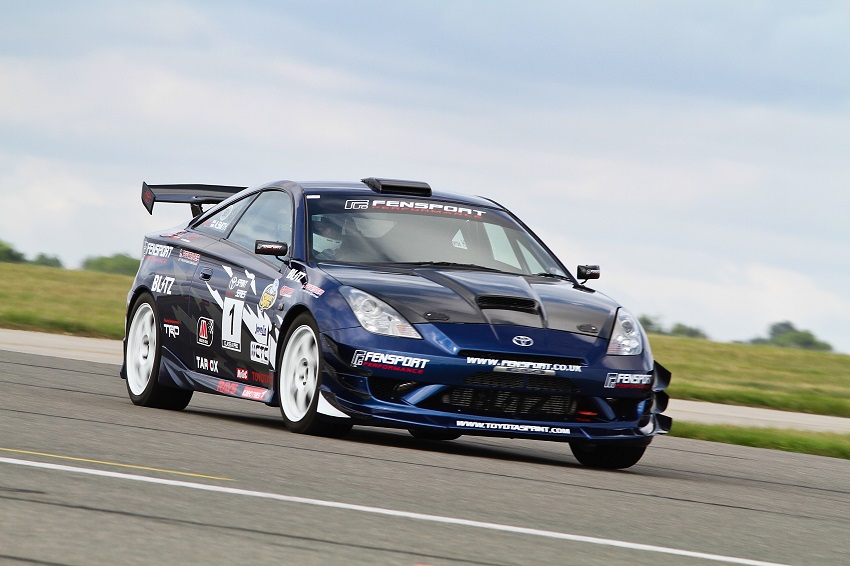
ULEZ Compliance For Petrol Cars
Now that you’re up to speed, it’s worth re-assessing which cars are actually affected by all of this. See, the thing is, although Euro 4 petrol emissions standards came into force in 2005, some manufacturers were producing compliant cars as long ago as 2001. So, if you’ve got an 04 plate sitting on your drive, there might not be a need to sell just yet…
Some good examples of this are sporty turn-of-the-century Toyotas. If you’re running a Mk7 Celica (regardless of whether it’s a 140 or a 190), you’ll be absolutely fine – even if it’s an 02-plate car. The same goes for Mk3 MR2 roadsters. However, things can quickly get quite complex. Take the Mk1 Lexus IS200, for example – a vehicle which is not only a solid V6 cruiser, but also a popular entry-level drift car. Most of these will comply with ULEZ regulations, however, those built between 1999-2000 do not.

Further discrepancies can occur between examples of the same model when you start to involve imported vehicles. For instance, All UK market Nissan 350Zs are exempt from the ULEZ charge (even the 03/04 ones), however, imported 350Zs will tend to show up as falling foul of the threshold. Given that both the UKDM and JDM 350Zs run exactly the same VQ35DE V6 engine, this is a bizarre – and thoroughly annoying – quirk of the system. It is possible to get the issue sorted if you dispute it with Transport for London, but prepare to deal with plenty of admin, and potentially extra cost too…
ULEZ Compliance For Diesel Cars
As for the diesel end of the spectrum, you’ll need a much newer ‘Euro 6’ car to meet the ULEZ requirements. As stated earlier, 2015 is the sort of age of car that you’re looking for, but again, sometimes it’s not that simple. The Mk3 SEAT Leon TDI FR, for example, is a tricky one. Cars made in the second half of 2015 are in the clear, but examples built in the first half will fall foul of the ULEZ expansion. Likewise, some diesels built prior to 2015 are safe from ULEZ fines too. The 2014 Volkswagen Scirocco is perfectly legal in 150hp TDI Bluemotion guise, but the 140hp Bluemotions and 175hp TDI GTs of the same year are not ULEZ compliant.

Can I Modify My Car To Be ULEZ Compliant?
Theoretically, yes. There are a couple of solutions that TfL themselves list as possible options.
Engine swaps will arguably be the most appealing to the average modified car enthusiast. To put it simply, if you swap out your old non-compliant engine with a Euro 4 petrol or Euro 6 diesel upgrade, then you’re on the right track. In fact, not only will this improve your car’s tailpipe emissions, but there’s also likely to be performance gains to capitalise on too.
Unfortunately, it’s not quite as simple as just swapping a new compliant engine into your car and hoping for the best. In order to prove to the DVLA that your car has been made ULEZ-compliant, you’d have to put it through a full rolling road emissions test. This is likely to be very expensive, as it needs to be done at a specialised ‘Vehicle Certification Agency’ centre, rather than at a local MOT test centre. After that, you then need to supply the DVLA with your car’s new VCA-certified emissions data. Only then would they make changes to your V5C (and thus excuse you from paying the ULEZ charge).
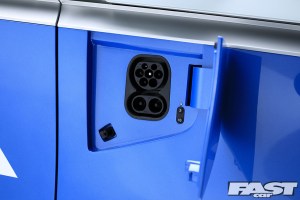
So, in summary, engine swaps are a real solution, but they’re likely to cost a stupid amount of money once you factor in the emissions testing. And besides, you’re inevitably going to encounter some highly frustrating administrative procedures along the way too. Is it worth it? Well, I guess it depends how much sentimental value your car holds.
Full conversions to electric battery power are something else to consider, but the same cost/admin drawbacks apply here too.
Popular Petrol Tuner Cars That Will Be Affected By The ULEZ Expansion:
Anyway, as you can see, this is a subject with many layers to it, so to keep things as simple as possible, we’ve put together a list of all the most popular petrol tuner cars we could think of that sadly do not meet the ULEZ threshold. So, if you own one of these in London, unfortunately it soon might be time to sell – or move. Your choice…
- Audi TT Mk1 180hp (1999-2001/X-Reg)
- Audi TT Mk1 225hp (1999-2000)
- All other VAG PQ34 models with the same engines (A3/S3/Golf/Bora/Leon/Octavia)
- BMW 3-Series variants (E30 & E36 generation)
- BMW 3-Series variants (E46 gen, 1999-2000 only)
- Fast Fords (1983-2000)
- Ford Puma Mk1
- Honda Civic EJ & EK generations
- Honda Integra Type R DC2 (Imported DC5s likely to need disputing)
- Honda S2000 (1999-2000 only)
- Lexus IS200 (1999-2000 only)
- Mazda MX-5 Mk1
- Mazda MX-5 Mk2 1.6
- Mazda MX-5 Mk2 1.8 (1998-2003 only)
- Mazda RX-7 FC & FD
- Mitsubishi Lancer Evo VII & older
- Mitsubishi Lancer Evo VIII (FQ300 & FQ320 only)
- Nissan Z-Cars (Z32 and all earlier generations up to 1983)
- Nissan S-Chassis coupes (S12, S13, S14, S15)
- R32, R33 & R34 Nissan Skylines
- Subaru Impreza Mk1
- Toyota Celica (T160, T180, T200)
- Toyota MR2 Mk1 & Mk2
- Toyota Supra Mk4 & older
Of course, this is by no means an all-encompassing list, so for ultimate peace of mind, be sure to search up your car specifically via the TfL ULEZ checker.
It’s not all bad news though. In fact, go ahead and check out our rundown of the top 10 fun ULEZ-exempt cars, that aren’t brand new.

